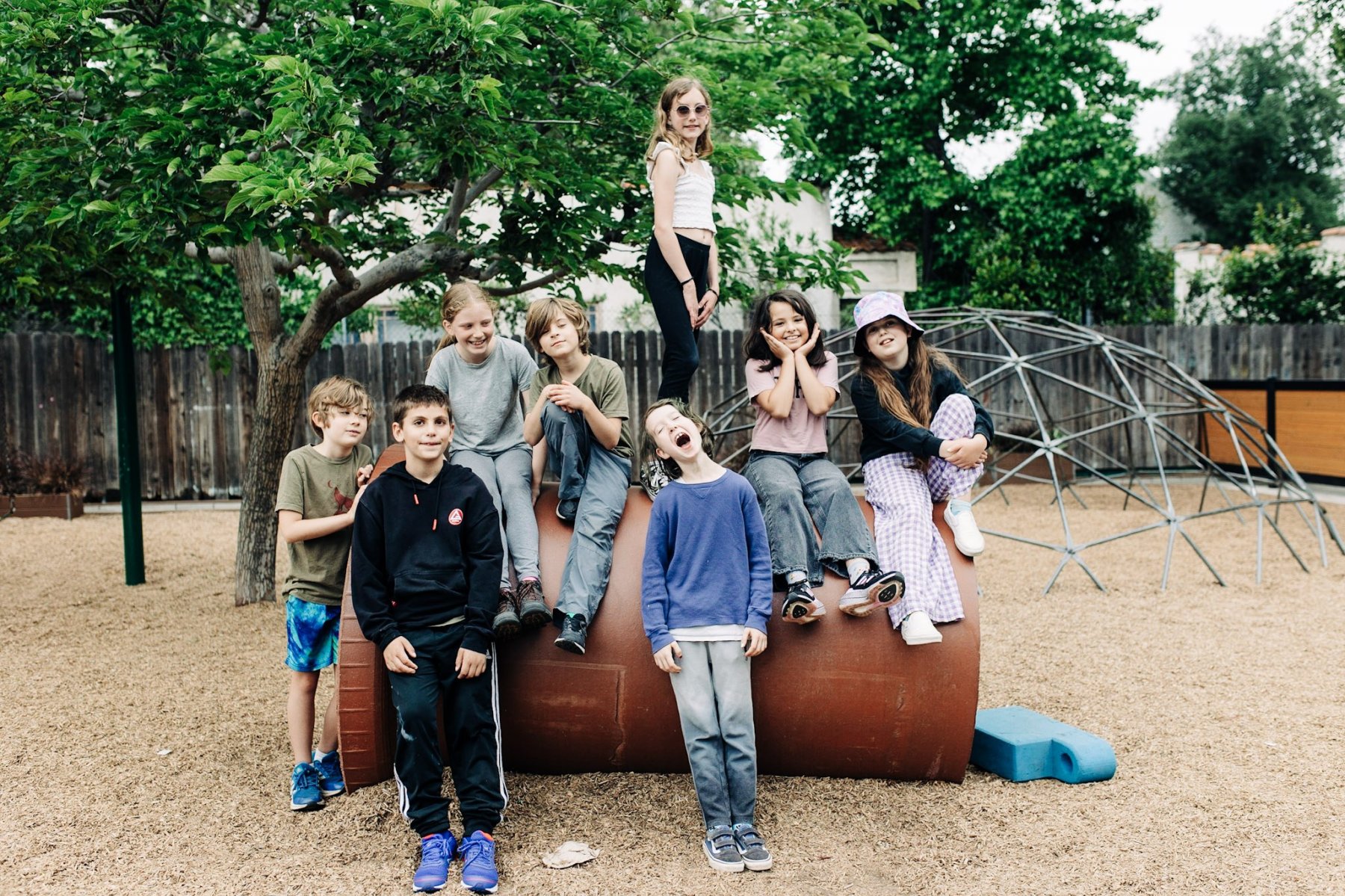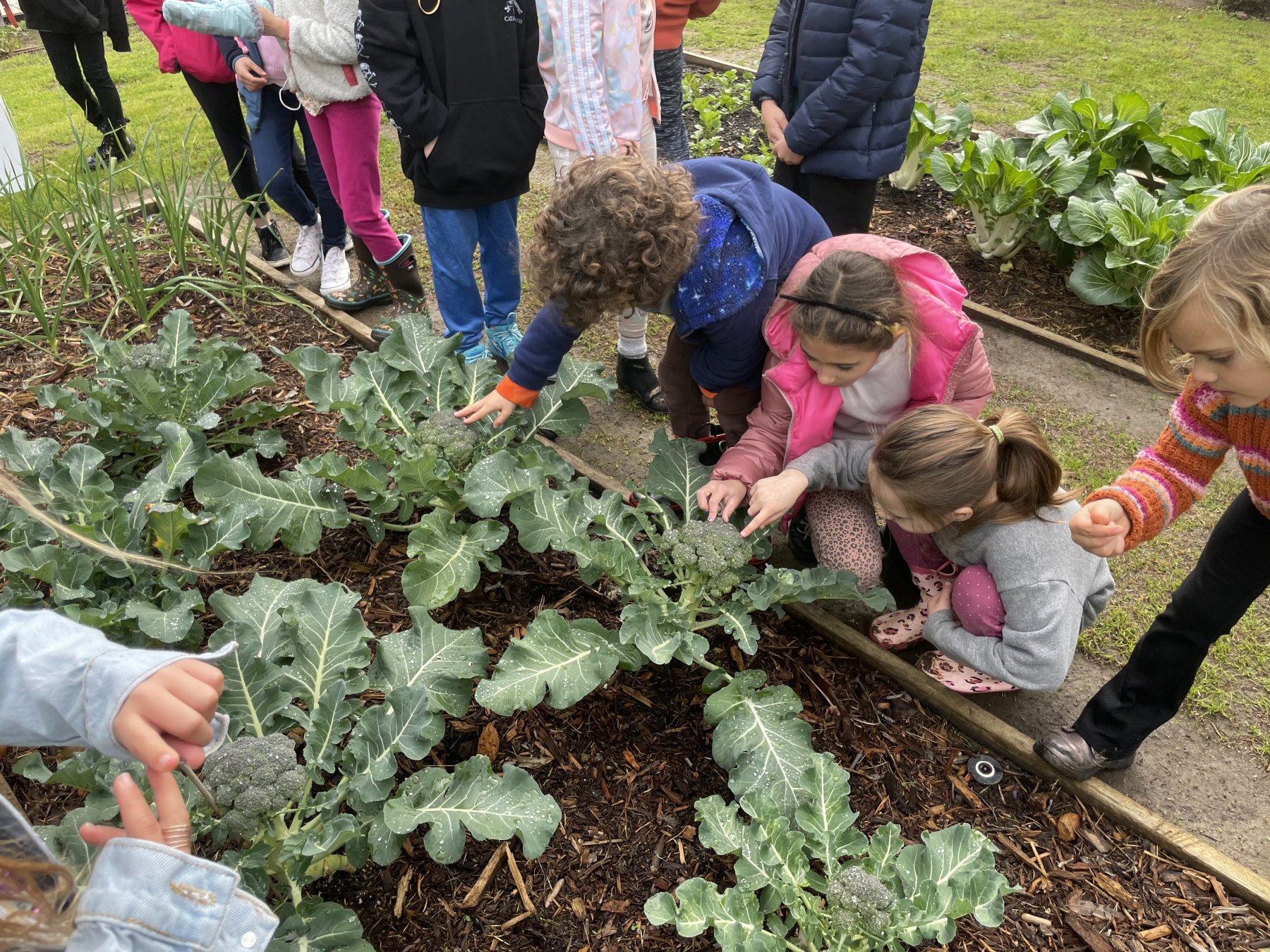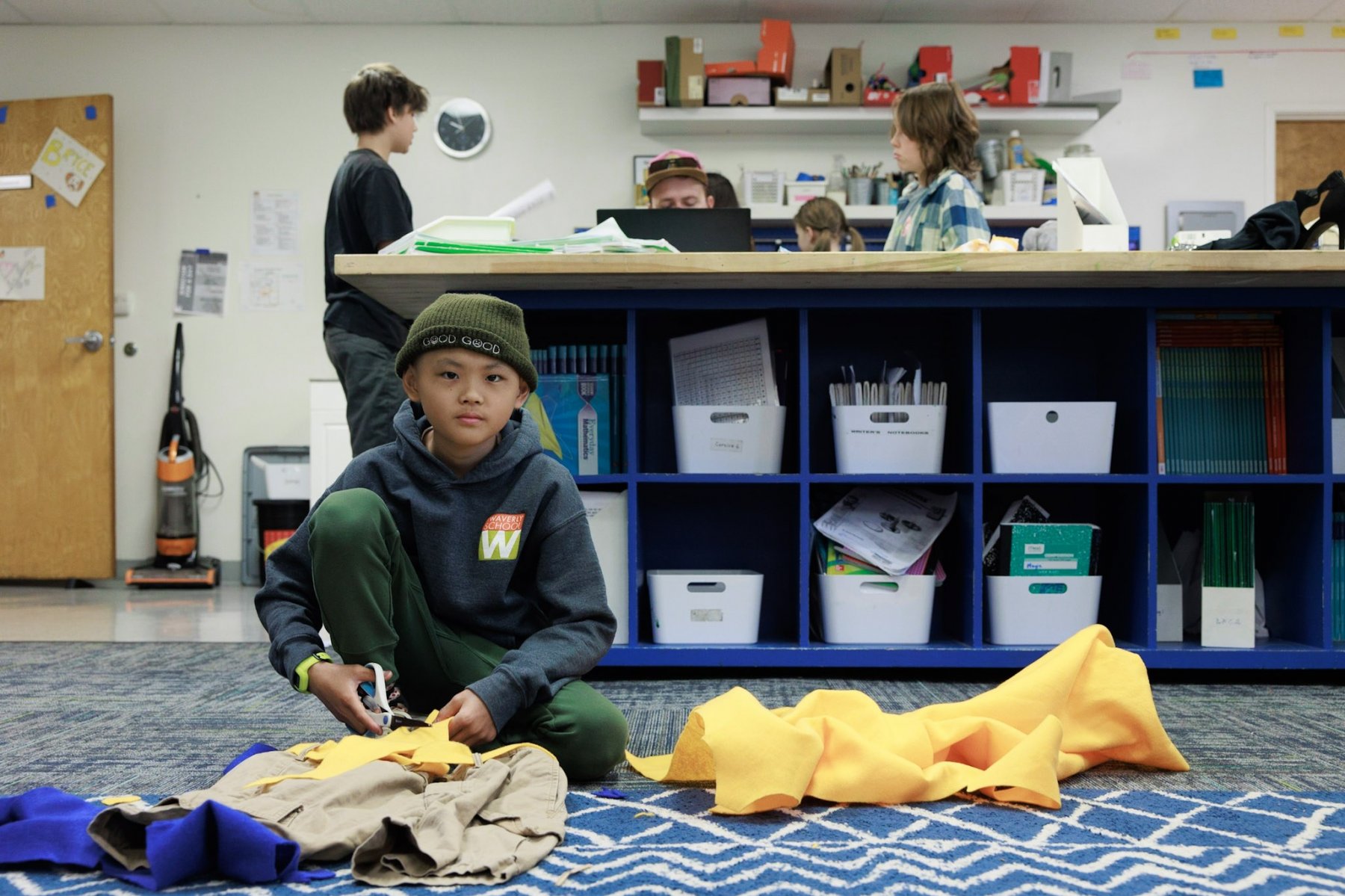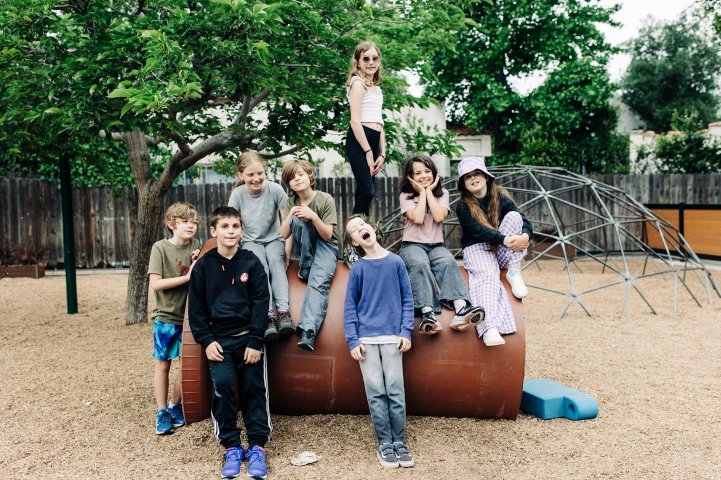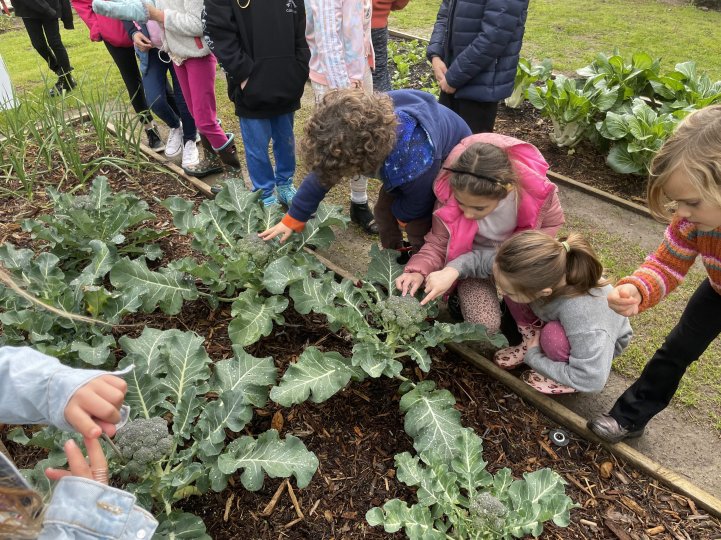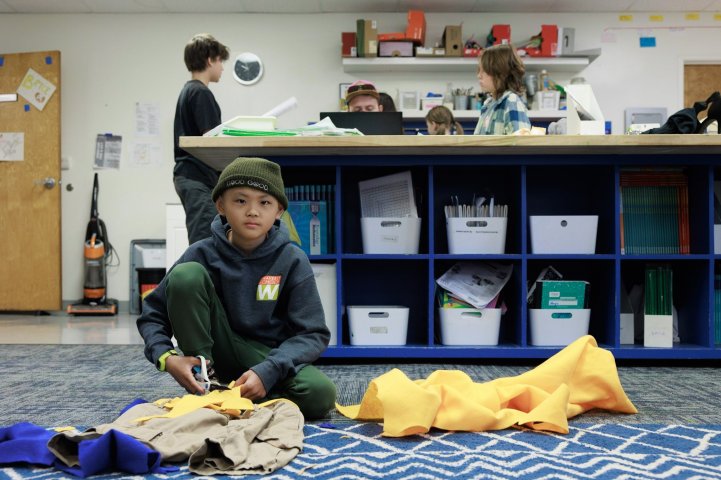Elementary School
Kindergarten through 6th grade
Students learn from their life experiences, in developmental stages, and through engaging activities. Waverly teachers consider these core elements carefully as they create and implement their curricula. Each elementary teaching team develops a social studies theme for the school year and builds an interdisciplinary curriculum around that theme, incorporating language arts, math, science, the arts, and community service. Many of the skills needed to be successful in the academic disciplines intersect; the fluid nature of a theme-driven curriculum gives teachers the flexibility to teach and reinforce these skills across the curriculum. This structure also allows students to learn through experiential lessons and multi-modal approaches that help students of all developmental levels and learning styles access the content and develop a firm foundation in critical thinking, reasoning, and analysis. Teachers take a child-centered approach, often using children’s own interests and experiences as a starting point for designing and teaching lessons.
Kindergarten through 6th grade classes are in self-contained classrooms with a lead and an associate teacher. The average class size is 24 students, maintaining a 12:1 or lower student-teacher ratio. Beginning in first grade, most classes are multi-age in dual-grade configurations (e.g., 1st/2nd, 3rd/4th, and 5th/6th). There is a range of ages and developmental levels in each class, and students benefit from learning important academic and social lessons from each other.
